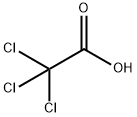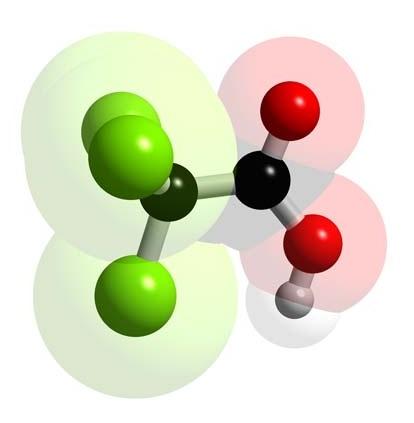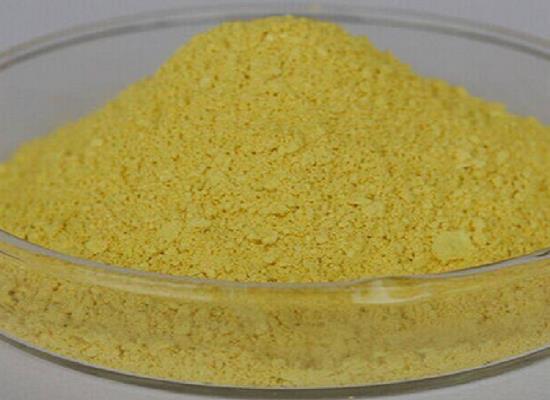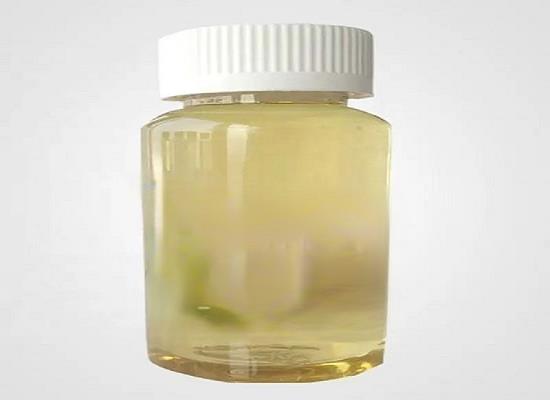Trichloroacetic acid: properties and clinical applications
General Description
Trichloroacetic acid is a crystalline substance that easily absorbs moisture from the air. It is highly soluble in water and ethanol-water mixtures and has strong acidity. Trichloroacetic acid solutions have a pH close to zero, making them corrosive to metals. The acid is used in various clinical applications, including the treatment of external genital warts, where higher concentrations are applied. It is also utilized in superficial peeling procedures to remove dead cells and improve skin condition. Trichloroacetic acid has shown efficacy in treating oral mucosal lesions, especially persistent buccal lesions and refractory oral pemphigus vulgaris. Applied topically, it exhibits positive results and can be adjusted based on response. Overall, trichloroacetic acid holds promise for various medical uses.
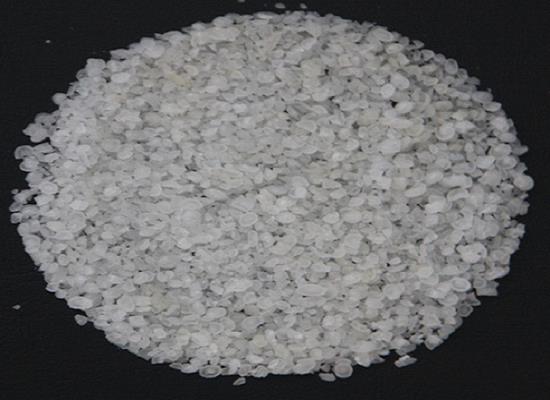
Figure 1. Trichloroacetic acid
Properties
Trichloroacetic acid, a crystalline substance, easily deliquesces in air and is hygroscopic. It is highly soluble in water and ethanol-water mixtures and exhibits strong acidity. Trichloroacetic acid solutions have a pH close to zero, making them corrosive to metals upon prolonged contact. Due to its high acidity and coagulating effect, concentrated trichloroacetic acid solutions are not susceptible to microbiological contamination and do not require preservation. The density of trichloroacetic acid melt at 61°C is 1.629 g/cm3. 1
Clinical applications
Treatment of external genital warts
Trichloroacetic acid is commonly used for the treatment of external genital warts, vaginal warts, and anal warts. Higher concentrations of trichloroacetic acid, typically around 65%, are applied to the affected areas. The term "90%" refers to a trichloroacetic acid solution with a concentration of 900 mg/ml. Ethanol-based solutions, such as those containing 90% (v/v) ethanol or even 96% ethanol, may be used as carriers for trichloroacetic acid in these treatments. In cases where patients experience pain during chemopeeling or the treatment of condyloma using trichloroacetic acid, the keratolytic effect can be quickly stopped by applying sodium bicarbonate powder or a concentrated sodium bicarbonate solution. Trichloroacetic acid solution at a concentration of 1000 mg/ml is limited to use in very small areas as a caustic agent. For the treatment of cutaneous warts, trichloroacetic acid has been suggested to be combined with salicylic collodion. This combination therapy enhances targeted application and ensures that the keratolytic effect persists at the treatment site for an extended period. 2
Superficial peeling
Trichloroacetic acid finds clinical application in superficial peeling procedures. With a typical concentration of 10%, trichloroacetic acid solution is used to perform superficial peeling treatments. This process aids in the removal of dead cells and promotes regeneration, effectively improving the condition of the cervix. For medium-depth peeling, particularly in the treatment of actinic keratosis, trichloroacetic acid solutions at concentrations around 35% are commonly employed. This technique helps eliminate damaged skin layers and enhances the appearance of the cervix. However, the use of trichloroacetic acid solution at a concentration of 50% for peeling purposes is considered obsolete now. This higher concentration poses an increased risk of scarring, making it less desirable for use in modern peeling treatments. Overall, trichloroacetic acid serves as a valuable tool in superficial and medium-depth peeling, providing benefits such as dead cell elimination, regeneration promotion, and improvement of cervical appearance. It is important to consider the appropriate concentration for each specific peeling procedure to minimize potential risks. 3
Oral mucosal lesions
Trichloroacetic acid has shown clinical application in the treatment of oral mucosal lesions, particularly in cases of persistent buccal lesions and refractory oral pemphigus vulgaris (PV). In the case of aphthous stomatitis, topical trichloroacetic acid solution at a concentration of 33% has been utilized as an affordable treatment option. For persistent buccal lesions that have not responded to other systemic and topical medications, trichloroacetic acid 33% has demonstrated efficacy. Application is typically performed monthly using a cotton-tipped swab to paint the border of the lesion, being careful to avoid dripping. Within seconds, a white frost appears as the desired endpoint. Mild transient burning sensation may be experienced during treatment. After the first application, some improvement may be observed even 2 to 3 weeks later. Treatment frequency can be adjusted based on response. In conclusion, the application of trichloroacetic acid shows promise in treating persistent and refractory oral PV lesions in patients who are otherwise in clinical remission. 4
Reference
1. Trichloroacetic acid. IARC Monogr Eval Carcinog Risks Hum, 1995, 63:291-314.
2. Allen LVJ. Trichloroacetic acid 20?%, salicylic acid 20?%, lactic acid 10?% in flexible collodion. Int J Pharm Comp, 2015, 19:410.
3. Braun S. Trichloroacetic acid in dermatological products. Hautarzt, 2016, 67(4):333-334.
4. Mahmoudi H, Balighi K, Tavakolpour S, Daneshpazhooh M, Chams-Davatchi C. Trichloroacetic acid as a treatment for persistent oral mucosal lesions in pemphigus vulgaris. J Am Acad Dermatol, 2019, 80(3):e51-e52.
Related articles And Qustion
Lastest Price from Trichloroacetic acid manufacturers

US $10.00/kg2025-04-21
- CAS:
- 76-03-9
- Min. Order:
- 1kg
- Purity:
- 99.5%
- Supply Ability:
- 100

US $1.10/g2025-04-17
- CAS:
- 76-03-9
- Min. Order:
- 1g
- Purity:
- 99.0% min
- Supply Ability:
- 100 tons min
